- Nutrient-Rich Blend: Stoneground MultiMillet Flour is a treasure trove of essential nutrients, including dietary fiber, protein, vitamins, and minerals, contributing to overall well-being.
- Gluten-Free: As it is made from chickpeas, which are naturally gluten-free, Stoneground Besan can be used as a gluten-free alternative in cooking and bakingEnhanced Digestive Health: The dietary fiber content in the blend supports healthy digestion and regular bowel movements.
- Balanced Nutrition: The combination of different millets offers a balanced nutritional profile, providing sustained energy and nourishment.
- Gluten-Free Option: Stoneground MultiMillet Flour is naturally gluten-free, making it suitable for individuals with gluten sensitivities..
- Versatile Usage: Use this flour to create a variety of recipes, from rotis and dosas to baked goods, enriching your meals with its nutritional value.
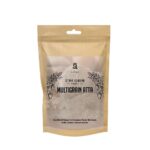

FAQ
Is multigrain Atta good for health?
Absolutely. Multigrain atta is a fantastic choice for promoting good health, especially in the Indian context. By combining various grains like wheat, oats, barley, millet, and rice, it provides a balanced mix of nutrients, essential for our Indian dietary habits.
What are the benefits of multi millet?
Multi millet offers a multitude of advantages, aligning well with the needs of the Indian market. It’s rich in dietary fiber, crucial for our traditional eating patterns. Millets like finger millet (ragi) can boost calcium intake, while pearl millet (bajra) and sorghum (jowar) provide iron and dietary fiber, respectively.
What is multi millet flour?
Multi millet flour is a unique blend of ground millet grains, catering to Indian preferences. It combines the goodness of finger millet (ragi), pearl millet (bajra), and other millets, delivering a concentrated source of vitamins, minerals, and fiber, making it an ideal fit for Indian diets.
Is multi millet Atta good for diabetics?
Multi millet atta is particularly beneficial for our Indian market, especially for individuals managing diabetes. Millets generally have a lower glycemic index compared to refined grains, aiding in blood sugar regulation. The mix of various millets in multi millet atta offers a balanced carbohydrate profile, making it suitable for diabetics when consumed in moderation.
What are the 5 grains in multigrain?
The combination of grains in multigrain products caters to Indian dietary habits. Common grains found in multigrain products include whole wheat, oats, barley, nutrient-packed millet, and rice. This amalgamation caters to our diverse culinary preferences and provides a more comprehensive nutrient intake.
Is multigrain roti better than wheat roti?
Multigrain roti is well-suited for the Indian market due to its broader nutritional profile. While wheat roti is a staple, multigrain roti combines various grains, including millet, delivering a rich array of vitamins, minerals, and fiber. This aligns well with our traditional diet, making multigrain roti a favorable choice.
Which millet flour is best?
Choosing the right millet flour depends on Indian dietary needs. Finger millet (ragi) is prized for its calcium content, which complements our diverse cuisine. Pearl millet (bajra) with its iron content and sorghum (jowar) with its fiber align well with our nutritional requirements. The best millet flour varies based on Indian dietary preferences.
Is multigrain Atta easy to digest?
Yes, multigrain atta’s higher fiber content resonates well with Indian digestive habits. The diverse grains in multigrain atta offer a blend of soluble and insoluble fibers, supporting digestive regularity. It aligns with our traditional eating patterns, making it relatively easy for many in the Indian market to digest.
What is the ratio of multigrain atta?
The ratio of grains in multigrain atta is designed to suit Indian preferences. Typically, it combines whole wheat, nutrient-rich millets, oats, and possibly barley. This well-calibrated mix ensures a comprehensive nutritional profile, aligning with our dietary habits and nutritional needs.
Is multigrain atta heavy?
Due to the inclusion of multiple grains and higher fiber content, multigrain atta can have a slightly denser texture compared to refined flours. This attribute is a result of the grains’ inherent nutritional density and fiber, which contributes to a more satisfying and nutrient-rich final product.
Is multigrain Atta gluten-free?
Multigrain atta may or may not be gluten-free, depending on the specific grains used in its composition. While some grains like millet and rice are naturally gluten-free, others like wheat and barley contain gluten. It’s essential to read the product label to determine if it meets gluten-free dietary requirements.
What are the ingredients in multigrain Atta for weight loss?
Multigrain atta tailored for weight loss often includes a thoughtfully curated mix of ingredients. These might encompass whole wheat for sustained energy, oats for their soluble fiber content, flaxseeds for healthy fats, and barley for its satiety-promoting properties. This blend not only aids weight management but also supports overall well-being.
Which is better, millet, or wheat?
Both millet and wheat have distinct advantages. Millet is gluten-free and offers diverse nutrients, making them suitable for those with gluten sensitivity or looking for nutritional variety. Wheat provides familiarity and a good source of energy, but millets often offer more unique nutritional benefits.
Only logged in customers who have purchased this product may leave a review.
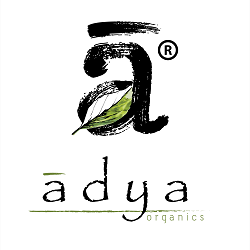
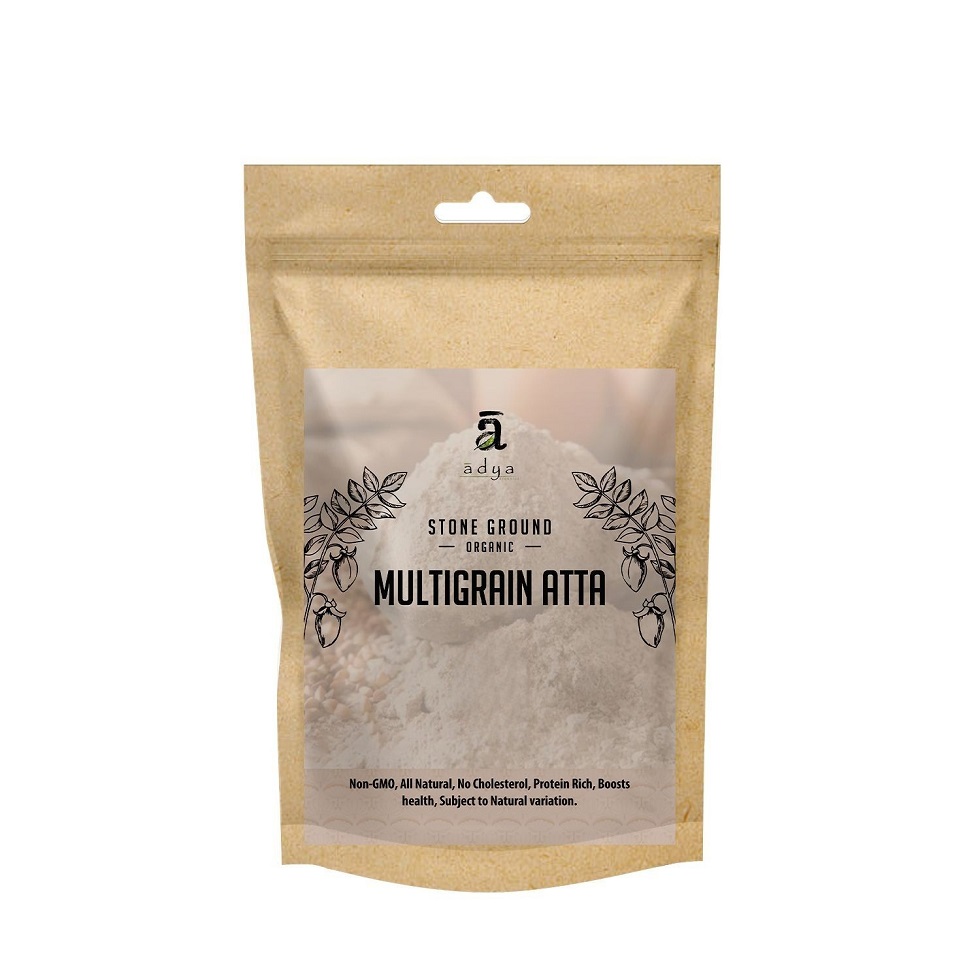
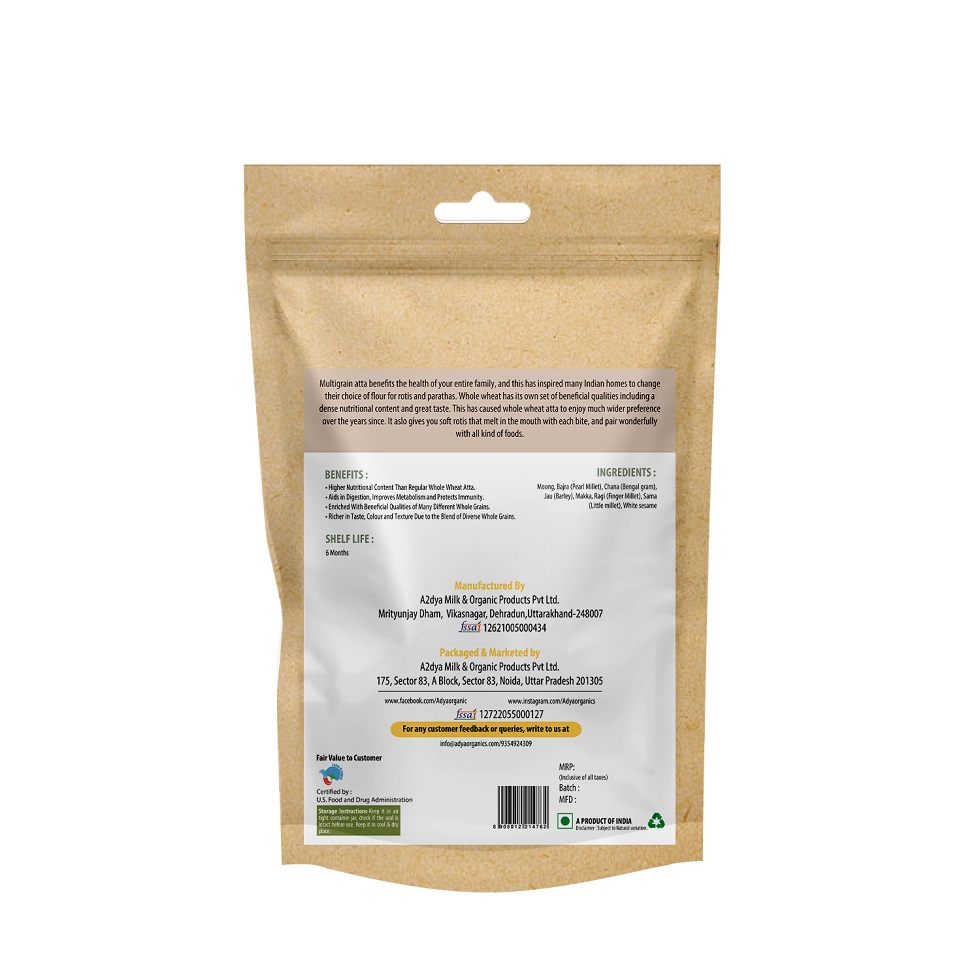

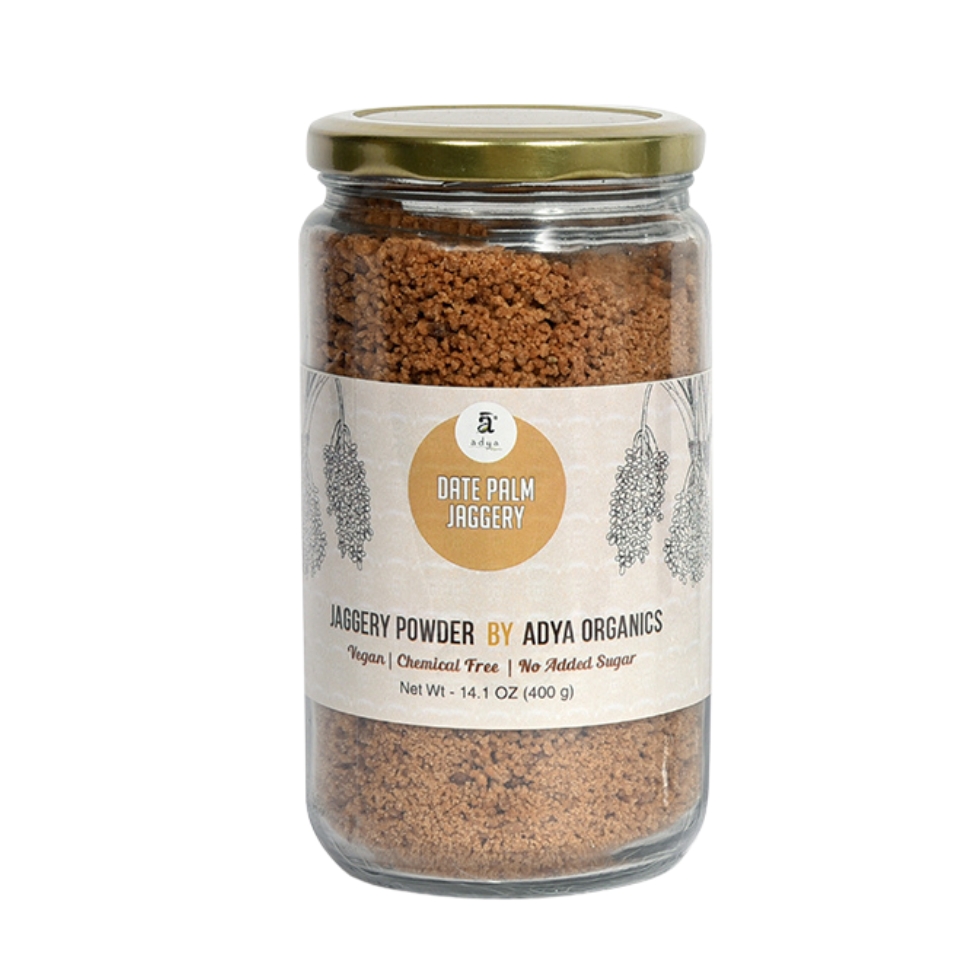


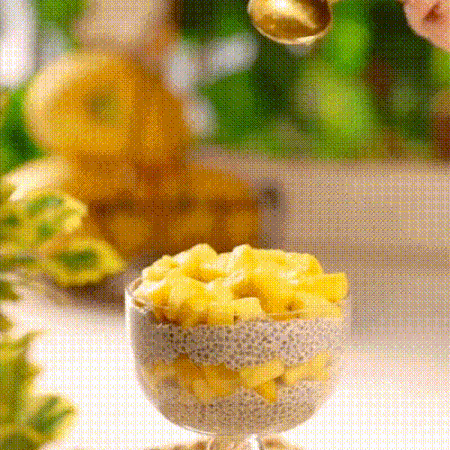
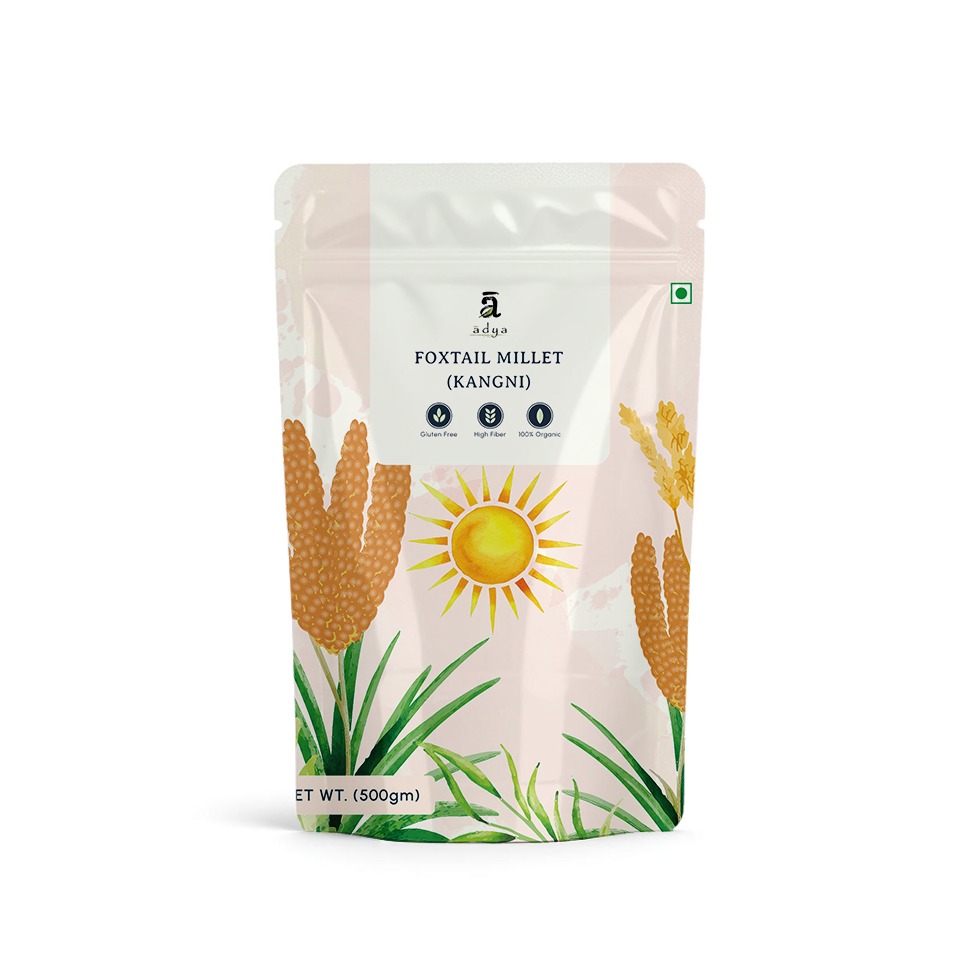
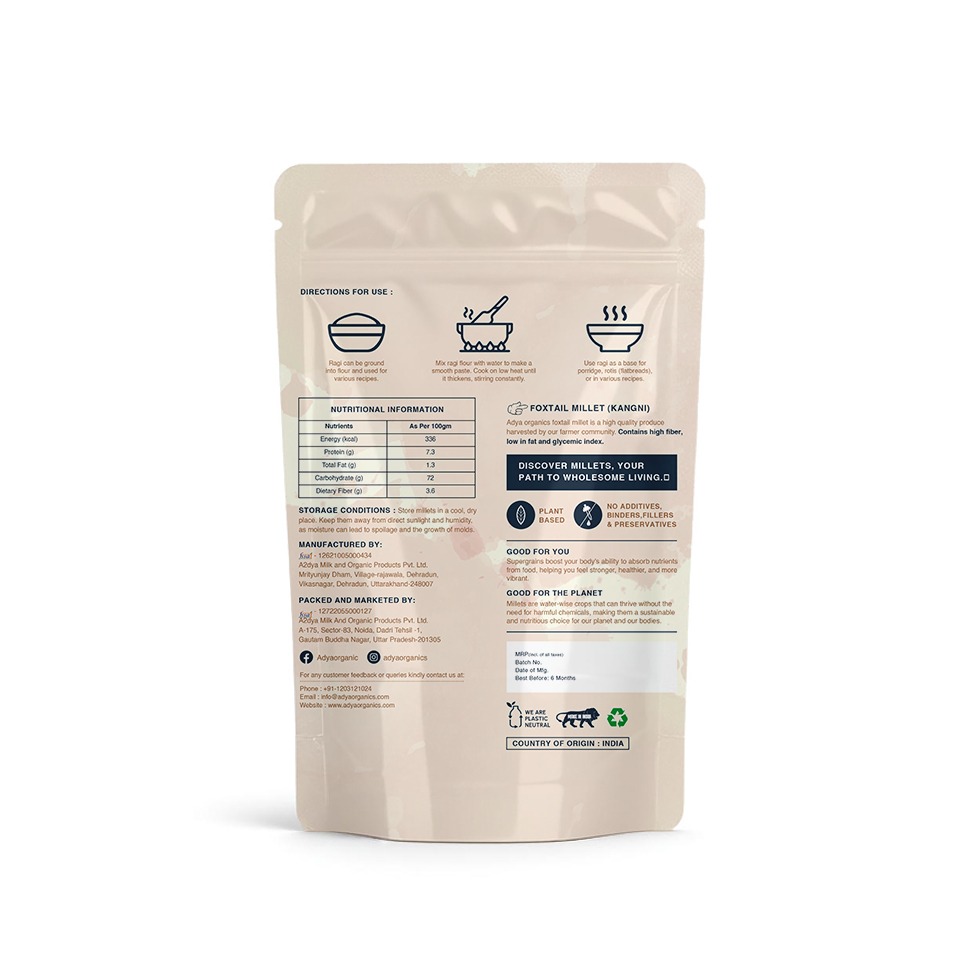
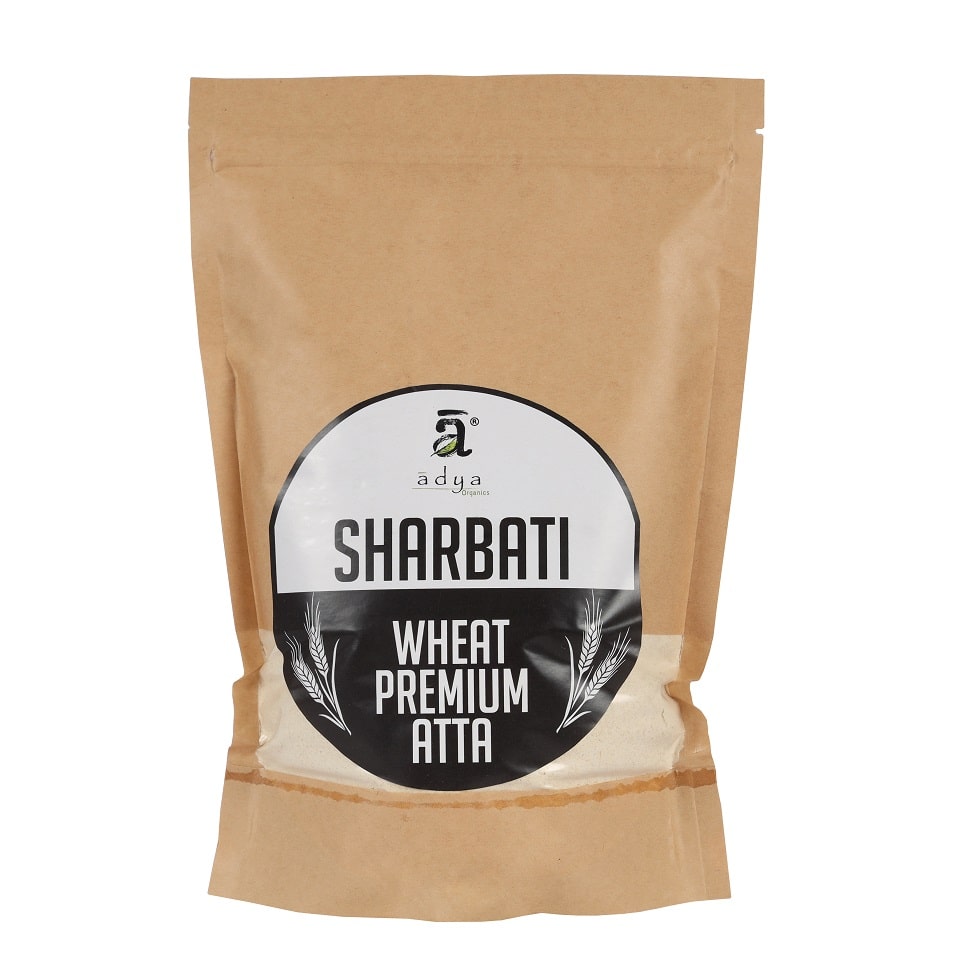

Reviews
There are no reviews yet.